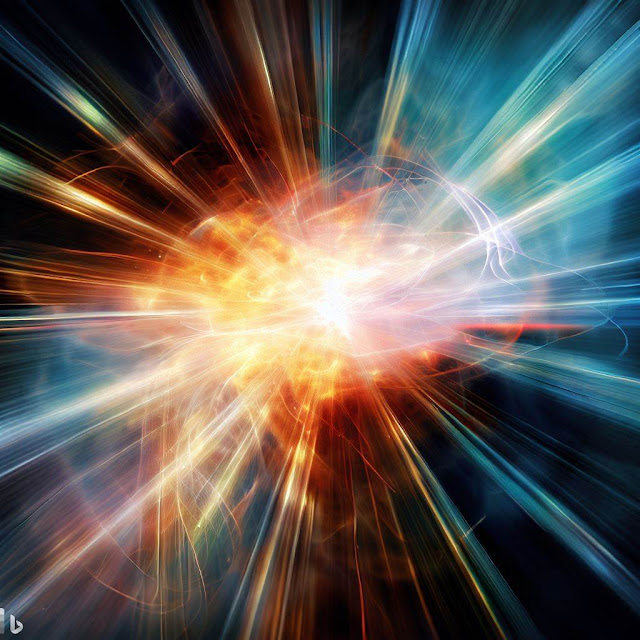If you think you have seen some spectacular fireworks in your life, think again. Nothing can compare to the dazzling display of light and energy that astronomers have witnessed in a distant corner of the universe. They have detected the largest cosmic explosion ever seen, which has been blazing for more than three years and is still going strong.

Its 100 times the size of our Solar System.
The explosion, known as AT2021lwx, occurred about 8 billion light years away, when the universe was only about 6 billion years old. It is more than 10 times brighter than any known supernova (exploding star) and has released about 100 times as much energy as the sun will in its entire lifetime. It is so bright that it can be seen with a small telescope from Earth.
What could cause such a colossal blast?
The most likely explanation is that it was triggered by a supermassive black hole devouring a huge cloud of gas, possibly thousands of times larger than our sun. As the gas falls into the black hole, it gets heated up to extreme temperatures and emits intense radiation. This creates a fireball that expands outward at nearly the speed of light, forming a ring-shaped structure that is about 100 times the size of our solar system.
But this scenario raises more questions than it answers. How did such a massive cloud of gas get close enough to the black hole to be swallowed up? What kind of black hole can produce such a powerful explosion? And why has the explosion lasted so long, unlike most other cosmic events that fade away after a few months?
Astronomers are puzzled by these mysteries and are eager to find out more about this extraordinary phenomenon. They are using different telescopes and instruments to observe the explosion in various wavelengths, such as X-rays and radio waves, which could reveal more details about its origin and evolution. They are also searching for similar events in other galaxies, hoping to understand how common and important they are in shaping the cosmos.
AT2021lwx is a rare and remarkable discovery that challenges our current knowledge of black holes and cosmic explosions. It shows us that the universe is full of surprises and wonders that we are only beginning to explore.
Reference(s): Monthly Notices of the Royal Astronomical Society








